One of the most frequently asked questions is how to convert a freshwater aquarium to saltwater. What equipment needs to replaced, what needs to purchased, etc.
Most equipment used in freshwater can be used in a saltwater system, with a few exceptions. You should start by replacing your gravel with some sort of calcerous material, like crushed coral, dolomite and argonite. Next, you need to check all your equipment for anything metal. Saltwater will rust anything except the highest grade stainless steel. You need to replace or get rid of anything made of metal.
The filtration system used in your freshwater system will usually be adequate for a saltwater system. However, you can use this opportunity to upgrade or change filtration mechanisms. Also, you should add extra water circulation to the tank, as saltwater has a lower dissolved oxygen content than freshwater, to keep the water in the tank moving. You need to disrupt the surface of the water to maximize oxygen transfer with the atmosphere.
The lighting you used for you freshwater system should also work for a fish-only saltwater tank. One part of a freshwater system that needs to be replaced is the food. Marine fish need varied diets. You need to supply your fish with a combination of fresh, frozen and live food. Flake food, although adequate, should not be the major portion of your fish's diet.
Finally, when you are ready to make the switch to saltwater, you really should replace all the water in your system. It is best to start with nitrate free water to minimize the potential for algae problems. Also, many people think that adding salt to a cycled freshwater tank will yield a cycled saltwater tank. Experience have shown this is not true. Saltwater nitrifying bacteria are different than freshwater nitrifying bacteria, so they must be cultured from scratch. As a note, nitrifying bacteria seem to be pH and temperature sensitive. So moving some gravel from a warm saltwater tank (~85F/24C) to a temperate saltwater tank (72F/21C) will shock the bacteria enough to nullify any advantage from using the gravel (e.g., to shorten the cycle time).
Keeping a quarantine tank is especially important for saltwater tanks. It can be very difficult to treat a sick fish when it is continually being harassed by healthier fish. Also, some medications, namely copper, will kill invertebrates. You should NEVER put copper into your main tank. Using copper in a tank which contains live rock will decimate the life forms populating the rock, as most of them are invertebrates. You will learn more in the First Aquarium Secrets website.
The water authority says that tap water is fit for human consumption, it may not be fit for your fish. Tap water typically contains chlorine and chloramine, which will kill your fish. There are usually other contaminates in tap water which need time to affect the tank. In particular, phosphates will cause massive growths of hair algae and potentially cyanobacteria outbreaks (red slime algae). Without good quality source water, your tank will not be the continuous joy you hoped it would be.
The best water purifiers on the market are reverse osmosis units. These, coupled with de-ionizing resins, produce water which is 98% pure. If the price of a RO/DI combination is too much, then you can always use distilled water (not spring water). However, distilled water may have been stored in copper containers which will kill invertebrates.
Before you start your saltwater tank, find a good store near you. Good stores will have knowledgeable staff and exhibit a general concern about the care of the animals. If the store has few saltwater tanks, with a lot of sick or dying fish, don't buy any fish there, even if they look healthy.
The last point about keeping saltwater fish is to read, read, read. The FAQ is no substitution for reading a good book. Happy fish keeping.

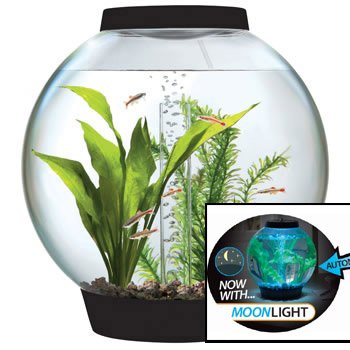 Benefits of the biOrb
biOrb AquariumsThe Best Aqua
Benefits of the biOrb
biOrb AquariumsThe Best Aqua
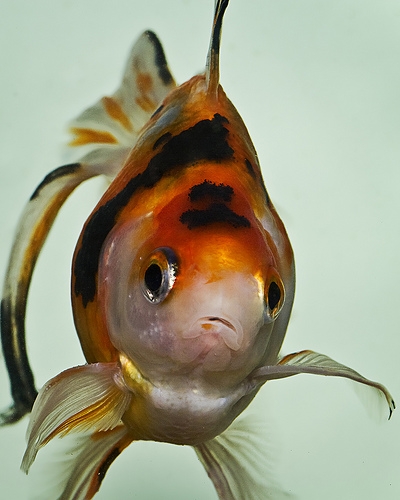 What Are the Causes of Ick in Fish?
What Are the Causes of Ick in Fish?
Wh
What Are the Causes of Ick in Fish?
What Are the Causes of Ick in Fish?
Wh
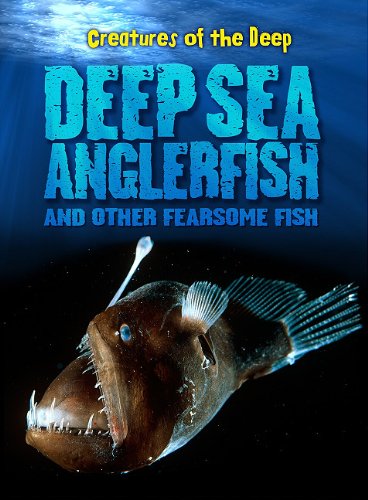 Dangers of the Deep
While many believe there is
Dangers of the Deep
While many believe there is
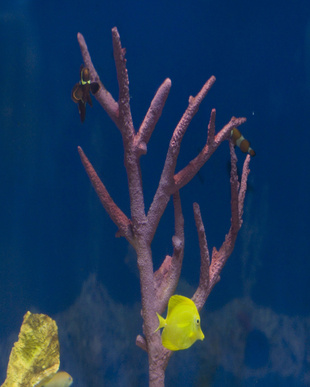 Different Kinds of Fish for Aquariums
Different Kinds of Fish for Aquariums
Different Kinds of Fish for Aquariums
Different Kinds of Fish for Aquariums
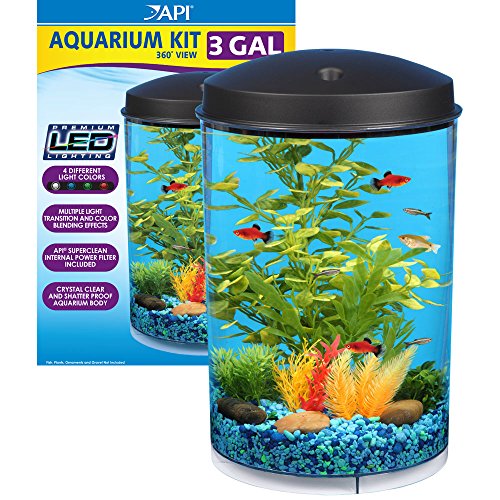 How to Not Kill your Fighting Fish
A little over a year ago, my
How to Not Kill your Fighting Fish
A little over a year ago, my